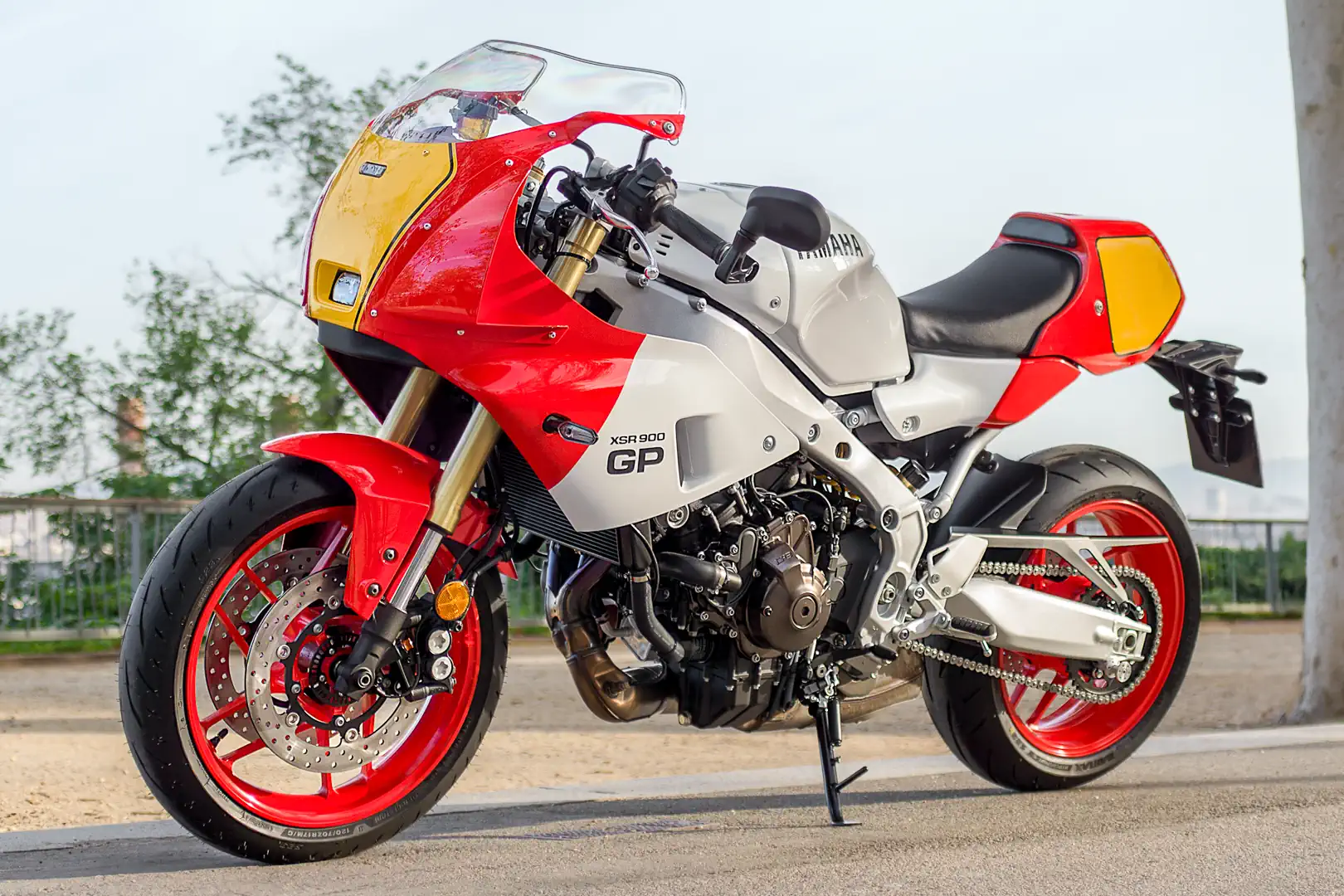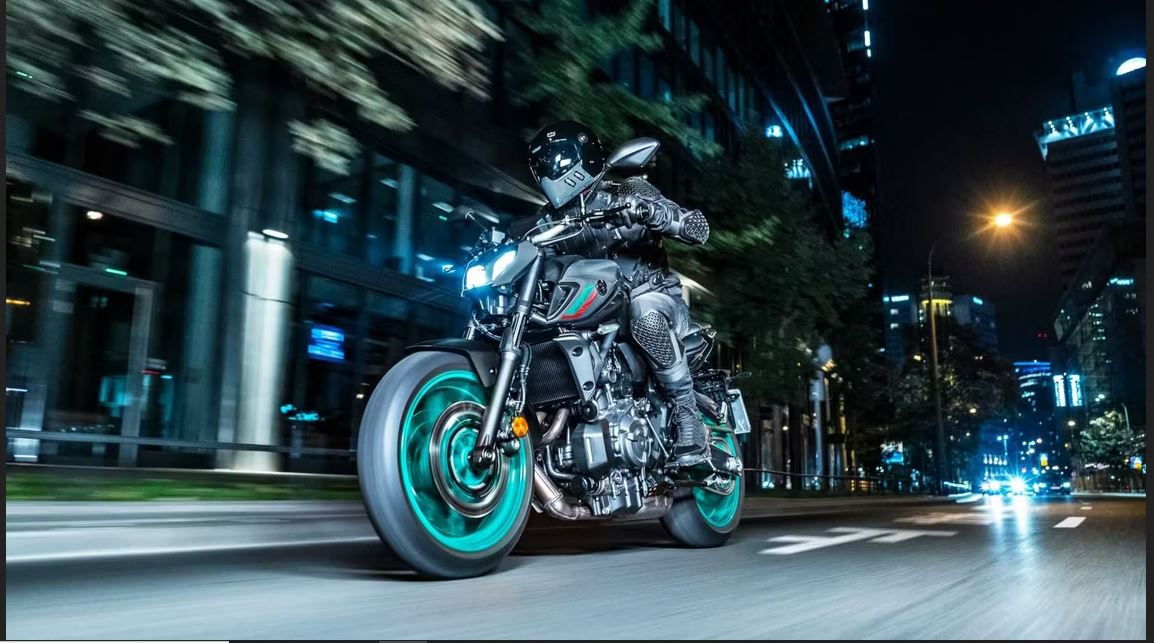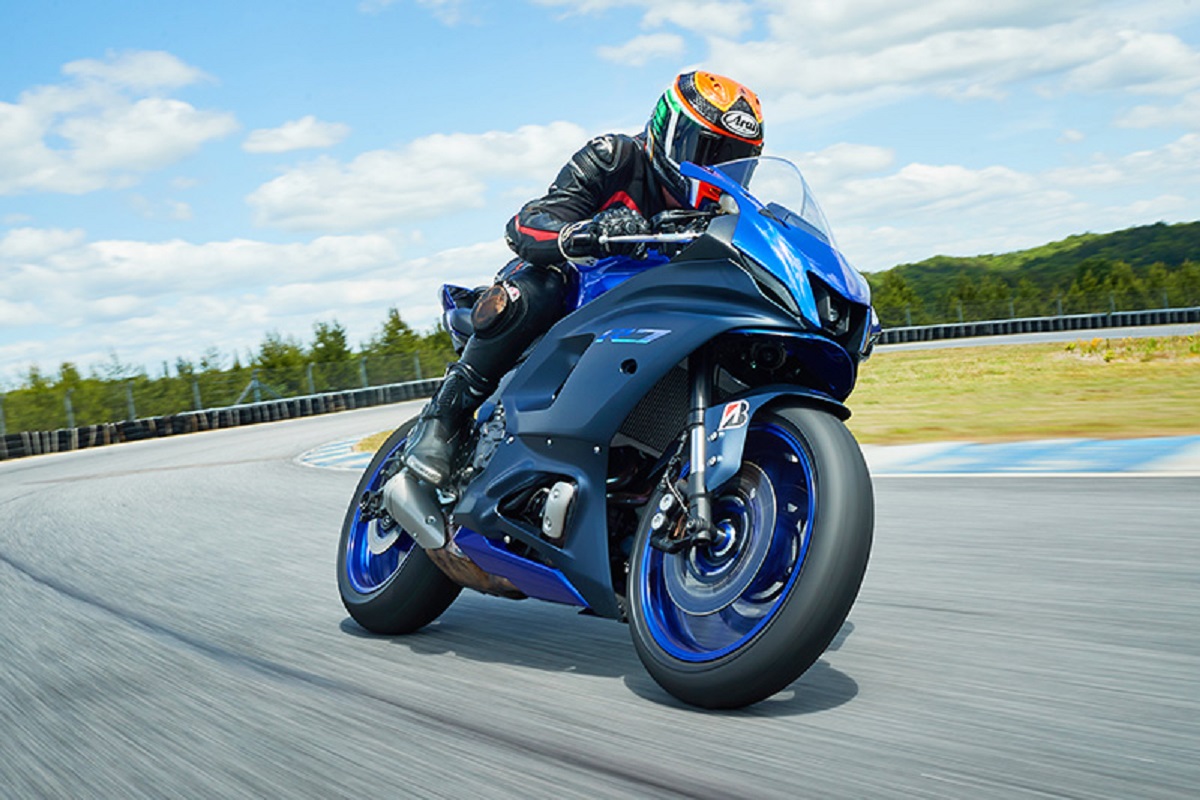Yamaha, the renowned motorcycle manufacturer, has unveiled a new bike, the Yamaha XSR900 GP, that’s turning heads. It’s a blend of classic and modern design, making it one of the most striking factory-made motorcycles we’ve seen.

Yamaha doesn’t have as many modern classic models as brands like Triumph or Royal Enfield. But they’ve been actively involved in the custom build scene through their ‘Yard Built’ initiative. This has produced several exceptional custom Yamaha bikes.
The XSR900 GP is reminiscent of a high-quality custom build rather than an off-the-shelf bike. It’s based on the ‘DB40’ prototype Yamaha showcased at the Goodwood Festival of Speed earlier this year. The production version retains the stunning design and adds practicality for the street.
Yamaha’s rich history in motorcycle racing plays a significant role in the XSR900 GP’s design. The manufacturer has a strong legacy with riders like Giacomo Agostini, Kenny Roberts, Wayne Rainey, Max Biaggi, and Valentino Rossi. The iconic Yamaha Deltabox chassis, introduced in the 1982 YZR500 OW61 Grand Prix bike, is still used in several Yamaha motorcycles today, including the XSR900.
The XSR900 GP draws inspiration from Yamaha’s Grand Prix racing heritage and the 80s and 90s boxy aesthetic. The attention to detail is remarkable, from visible fasteners on the half-fairing to a small rectangular LED headlight. The cockpit features clip-on handlebars and a relocated digital display within the fairing. Tubular fairing stays with beta pin bolts, a first for Yamaha production bikes, add to the vintage appeal.
The XSR900 GP’s eye-catching livery is reminiscent of Wayne Rainey’s 1990 YZR500, with red and white colors, yellow ‘number boards,’ and silver finishes for the chassis and swingarm. Yamaha has paid close attention to how the graphics align with the front fork angle.
Beneath the striking bodywork, the XSR900 GP is essentially an XSR900 but with frame tweaks and a reinforced swingarm to accommodate the sportier clip-ons. The riding position is set up to be spirited but not overly aggressive, with higher clip-ons, a thicker seat, and adjustable foot controls. It inherits the XSR900’s KYB suspension, Brembo front brakes, ABS, and electronic rider aids. New switchgear and bar-end mirrors enhance its appearance, and it rides on rotary-forged aluminum wheels with Bridgestone Battlax Hypersport S23 tires.
The XSR900 GP uses the same 889cc triple-cylinder engine, offering 117.4 hp and 93 Nm of torque. Yamaha claims it has a higher top speed and better acceleration due to the aerodynamics of its fairing. The radiator’s air ducts aid in heat dissipation. The XSR900 GP will be available in two color options: ‘Legend Red’ and ‘Power Grey.’ Buyers can also opt for lower fairings, a different license plate holder, a tinted screen, and an Akrapovič exhaust system.


